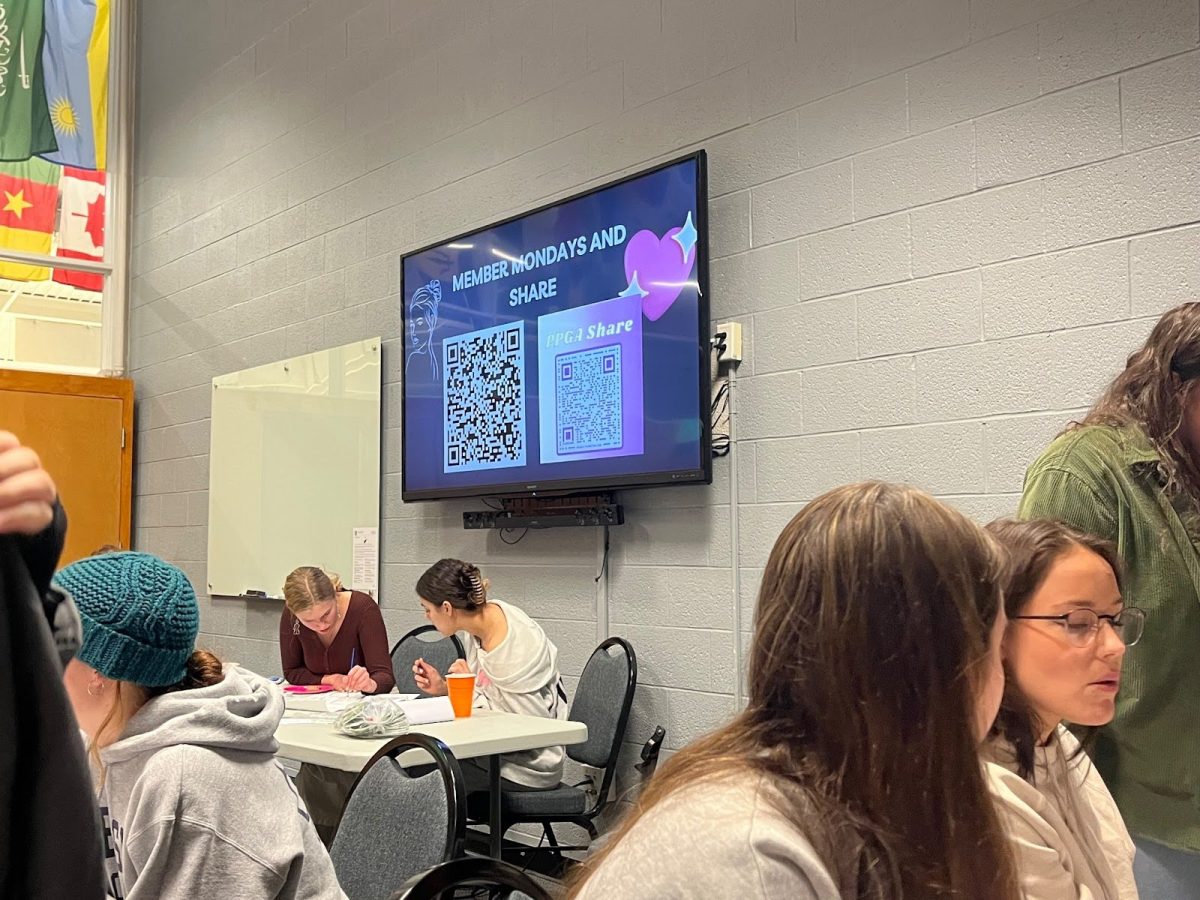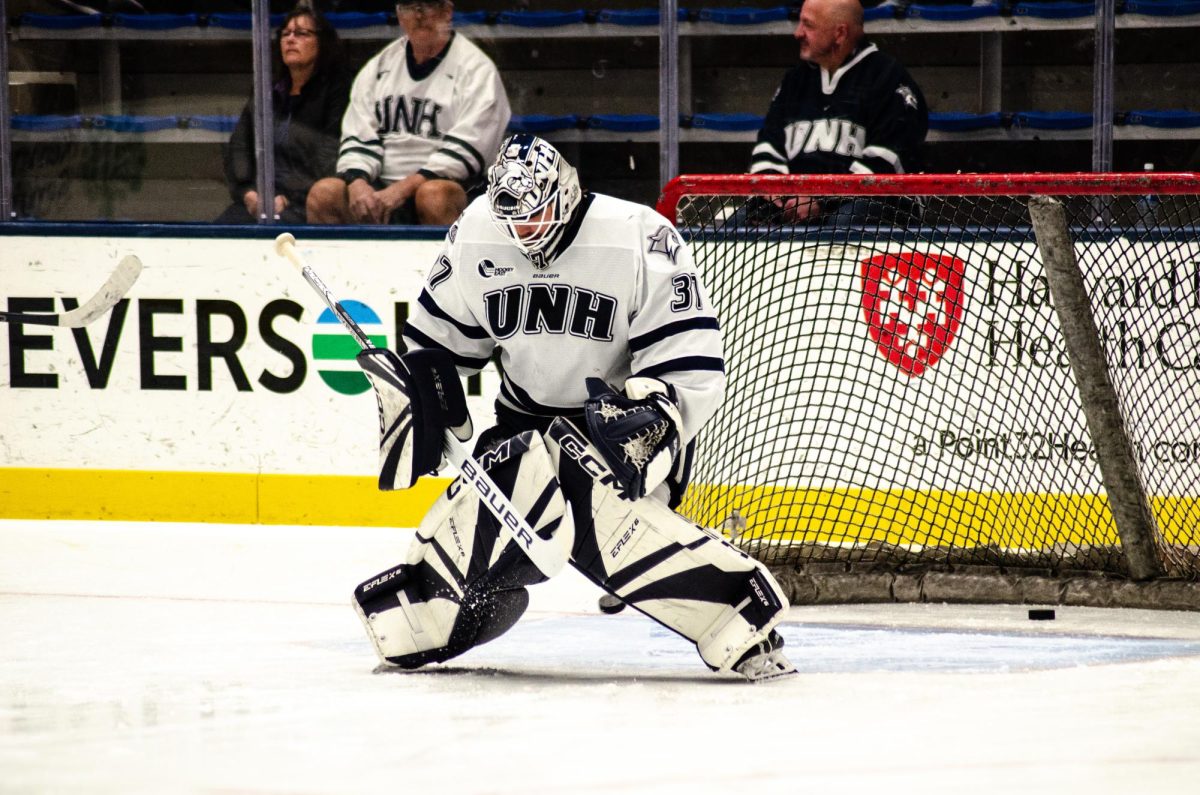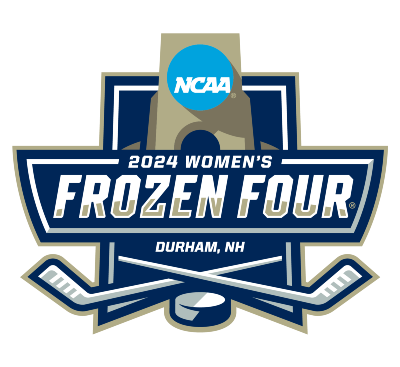Compiled by
DOUG RODOSKI and ANDREW YOURELL
As a small school in the Northeast, UNH sports teams often find themselves stepping into the role of David, taking on the bigger schools that are the juggernaut Goliath. For the UNH crew team, the comparison barely begins to describe the uphill battle the Wildcats won on Saturday, Oct. 17 at the Head of the Charles Regatta.
Unlike most of the other 34 teams competing in the two-day event, which is the world’s largest regatta, the UNH team is a club sports team, not a varsity program. Despite the seeming disadvantage, the Women’s Collegiate Fours team raced out to victory in the 4,800-meter race in 19 minutes, 30.913 seconds, finishing just ahead of Nova Southeastern University’s 19:30.933 effort.
“Other teams have recruiting advantages,” sophomore team member Emily Lane said. “We are walk-ons, barely ever recognized. I transferred in from a Division II school. They had top of the line facilities, but I wouldn’t trade anything for this team.”
Lane was joined in the four-person boat by senior captains Alison Smith and Megan Mottola and sophomore classmate Sydney Michalik. David Desaulniers, the men’s team’s president, served as the coxswain in the race.
For the team’s seniors, winning the race was a way to leave a lasting legacy on the UNH rowing program after years of hard work.
“For me, this team and this race mean the world. I’ve been connected to the team since the first week of my freshman year,” Smith said. “It has shaped my whole college experience…this is the footprint that we will be leaving behind at UNH.”
In most sports, coaches have contact with players throughout the contest. They’re able to speak to the athletes, call timeouts to refocus their teams and they can adjust to things on the fly. In rowing, this isn’t the case, according to head coach Rachel Rawlinson.
“There are no timeouts or substitutions. The athletes and coxswains must be responsible and drive their own level of commitment and competition,” she said. “As coaches we do our best to develop competitive integrity and personal responsibility because when we push them off from the dock for their event, that’s it. We don’t see them again until they are back on land two hours later.”
Desaulniers, as coxswain, was responsible for steering the boat, navigating the obstacles, monitoring the online electronics and driving the team. For the senior, the task was made easy by the hard work put in by Michalik, Mottola, Lane and Smith.
“The 19 minutes went by like nothing,” Desaulniers said. “I’ve never had a crew just hammer on it. We were lightning out there; we made the other crews look like they were just sitting there.”
The starts to the race were staggered, making it very difficult for the crews to know whether they were on pace to win or not. For a team that wasn’t concerned with winning, just with leaving it all in the boat, this wasn’t a problem. But they could tell they were close after passing Penn State, Philadelphia, Trinity and Bowdoin during the race.
“I remember we just started passing boats,” Michalik said. “At one point, David said, ‘We have a chance here if you keep pulling.’”
The win marked the UNH women’s first victory in the Head of the Charles Regatta, and was a huge statement win for a program that does not have the practice facilities, academic and athletic support and school funding that most varsity programs have.
But the win was also much more than that for the UNH team. The Wildcats raced in the newly christened Susan L. Harning, a four-person boat purchased with money that the team’s been raising all year. Susan Harning is the late mother of UNH rowing graduate Lisa Harning, who was a coxswain on last year’s team, who passed away last year after a fight with cancer.
To win the world’s largest race in the Susan L. Harning’s first race was emotional for the entire team, and for the program as a whole. Gene Harning, Susan’s husband, spoke to the team before the race, and was a part of the boat’s christening ceremony.
“Last year, our boat finished 10th. So to be in this boat and see everything come full circle was a great experience for me,” Smith said. “This race was for the Harning family, and also the whole team and UNH program too.”
Susan Harning was battling cancer last year, but left the hospital against the doctor’s orders to watch the UNH team compete at the Head of the Charles. It was the last race that she saw before she passed away.
“To have the dedication on the same day and then have the boat win its first race was unbelievable,” Gene Harning said.
The athletes also expressed their emotions, speaking about how the loss of a loved one brought them closer together as a team last year, and helped to make Saturday’s race special, not just for the five athletes manning the boat, but for the entire UNH program.
“It’s not real, yet,” said Smith, clearly still emotional.
It may not seem so—the classic underdog story mixed with the emotions of honoring a lost loved one—but one thing is for certain: The race was real.
And it was special.
Follow Us on Twitter
Racing for more than gold and glory: UNH’s club crew team piloted a special boat to victory in the Head of the Charles
October 22, 2015
Leave a Comment
More to Discover




















